10 deadly dangers lurking in our forests
Categories: Nature | Travel | World
By Pictolic https://pictolic.com/article/10-deadly-dangers-lurking-in-our-forests.htmlThe mushroom and berry picking season is already open and the voices of lovers of nature's gifts are increasingly heard in the forests. Most of us consider hiking in the forest in our latitudes absolutely safe, but inexorable statistics do not agree with this. Every year hundreds of people get into deadly situations that arise during mushroom hikes or just walks in the forest.
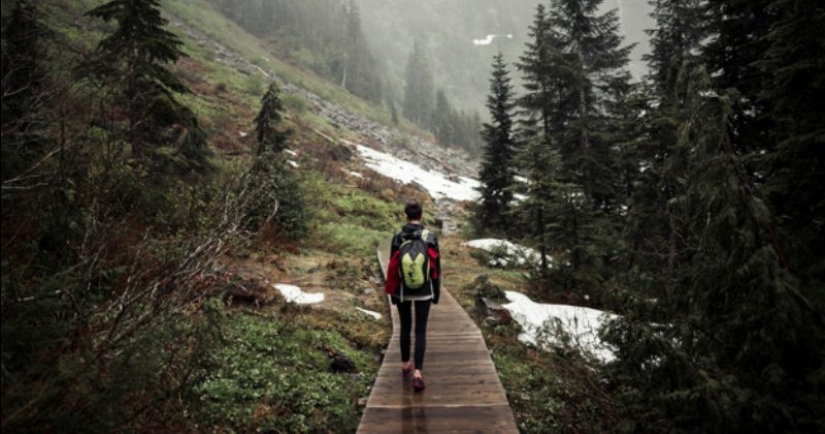
Since ancient times, the forest has provided people with food, shelter and clothing. Despite this, it has always remained a source of many dangers, which our ancestors never forgot.
The urbanization of modern society has led to the fact that people no longer treat the forest with respect and take seriously the threats associated with it. Therefore, the forest continues to kill and its victims are not only accidentally lost children, but also well-equipped adult travelers.
Any forest is fraught with hundreds of different dangers, but we have chosen only those that are particularly likely to encounter.
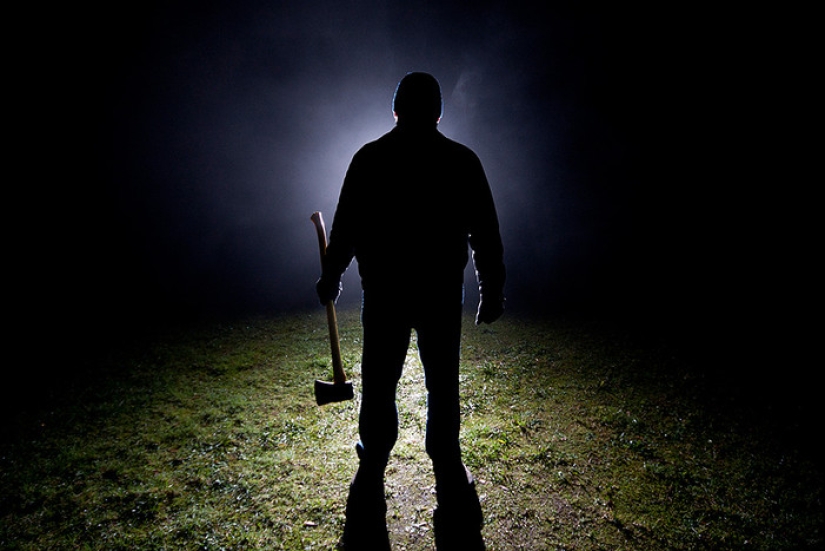
It is not surprising that the greatest danger in the forest comes from humans. Do not assume that on the path in the thicket you can only meet a kind old lady from a fairy tale, a cheerful tourist with a guitar or a noble lumberjack. The most terrible maniacs in history preferred to operate in forest belts and large parks.
As an example, Alexander Pichushkin's Bitsevsky monster and Andrei Chikatilo's cannibal can be cited. The latter, by the way, skillfully pretended to be a mushroom picker, thereby misleading not only his victims, but also the police. That is why every person you meet in the forest should be treated as cautiously as possible and it is better to go to nature only in company.
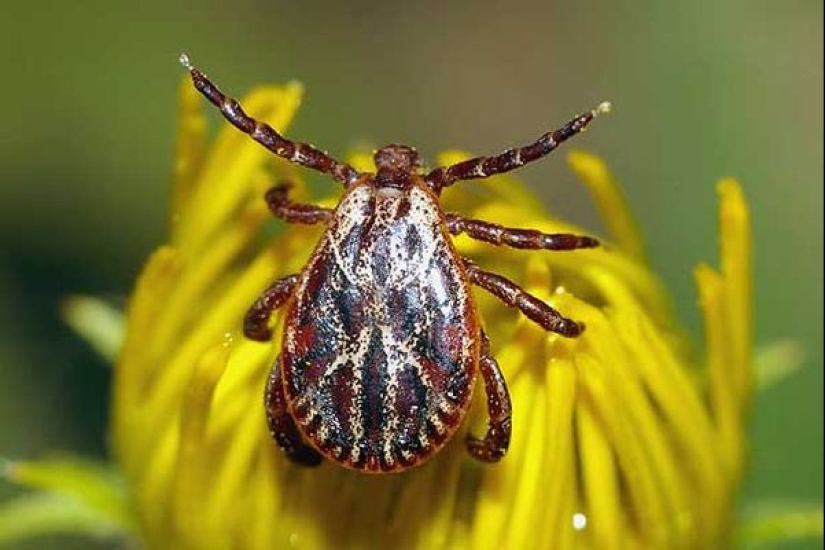
Of all the wild inhabitants of the forest, only mosquitoes and ticks are sincerely glad to see a person. If flying insects are an inevitable, but not too dangerous evil, then it is better not to get caught in the wide embrace of a tick by mushroom pickers.
In the summer, there is a chance to encounter ticks in the forests of all regions of the country without exception. These arthropods carry encephalitis borreliosis, tularemia, rickettsiosis, Lyme disease, human granulocytic anaplasmosis, Ku fever and other "charms". Despite the successes of modern medicine, some diseases, such as encephalitis, can lead to death.
Going to the forest, you should wear things made of dense fabrics with elastic cuffs. It is also important to systematically examine each other for the detection of ticks, and in case of their detection — to properly remove the tick and consult a doctor.
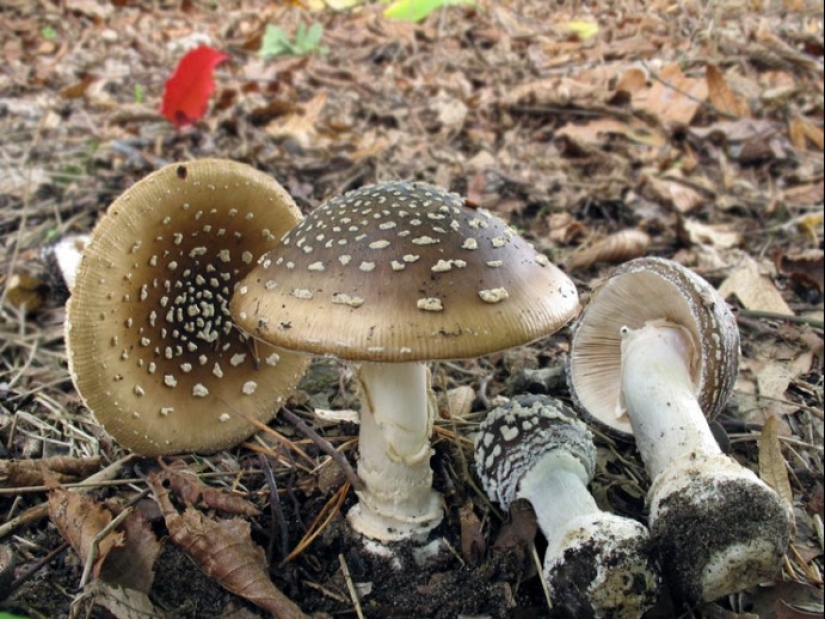
For fans of "quiet hunting", the mushrooms themselves are the greatest danger. Going to the forest, it is better to stock up on a good reference book on edible and poisonous mushrooms. But even this does not give a full guarantee of security. In this regard, it can be advised not to take mushrooms, the edibility of which is in doubt, or at least show them to experienced mushroom pickers before eating.
It should also be recalled that even porcini mushrooms can pose a danger to humans if they have grown up near the city limits or near large enterprises. They are able to accumulate heavy metals and toxic salts in dangerous concentrations for the body.

Any damage to the skin in the forest poses a serious danger to humans due to the high chance of infection of the wound. The undisputed record holder for the number of victims is tetanus bacillus, which enters the body through animal bites and stab wounds. This infection prefers an anaerobic, that is, an airless environment.
The mortality rate of this disease is 17-25% even if tetanus was detected at the earliest stage. You can avoid this serious danger by being careful and promptly contacting doctors for vaccination after receiving stab wounds in nature.
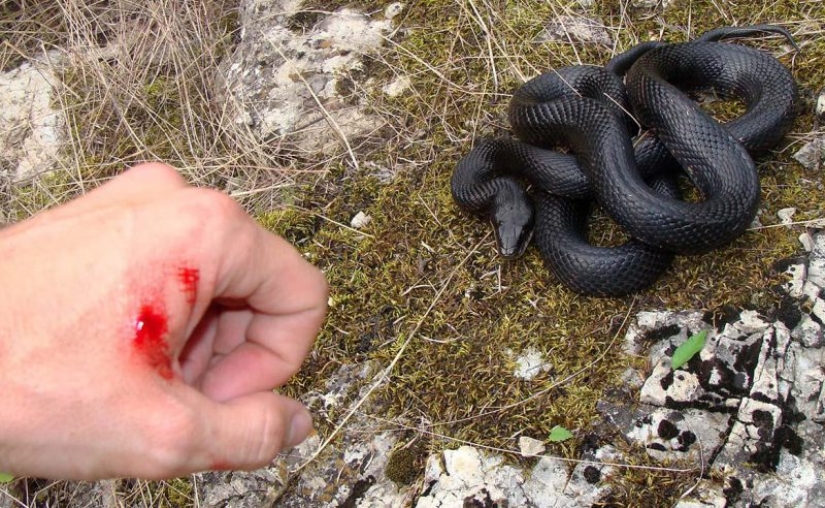
Of all the reptiles of our latitudes, snakes are the most dangerous for visitors to the forest. These representatives of the fauna shy away from humans, but because of their invisibility, casual contact is always possible. The most dangerous poisonous snakes in our area are vipers, which are represented by several species.
It should be noted that the bite of a viper is not as terrible for an adult as it is customary to show in films, but its consequences can be felt for several months after the unpleasant incident. When bitten by any snake, it is necessary to provide the victim with traditional first aid in such cases and take care of his quick delivery to a medical institution.

In modern cities, there is a chance to meet a rabid animal, but it is relatively small. Another thing is the countryside and especially the forest zone — these places account for the lion's share of all cases of attacks by sick animals on people.
The mortality rate in the case of rabies is almost 100%, therefore, if any animal is bitten, it is necessary to get vaccinated no later than a day later. It must be remembered that rabid animals lose their sense of fear and approach a person themselves. Therefore, in the forest you need to avoid any "friendly" mammals, ranging from hedgehogs and squirrels, ending with foxes and wolves.

In the forest, it is categorically not recommended to eat or even pick up unfamiliar fruits, tubers, flowers and other parts of plants. Mouth—watering berries can turn out to be a deadly "crow's eye" or "wolf berry", and juicy stems and leaves are shoots of a borscht that burns to blisters.

It may seem strange, but those who get lost in the forest always have a higher chance of dying from hunger, dehydration or hypothermia than from an attack by wild animals or as a result of natural disasters. Many inexperienced tourists believe that food in the forest lies just under their feet, and thousands of trees around are guaranteed to provide fuel for a fire.
These statements are relevant only for experienced travelers who know how to survive in extreme conditions without food, water and warm clothes. Most deaths in the forest are the result of the fact that a person is not familiar with the basic rules of survival in the wild.
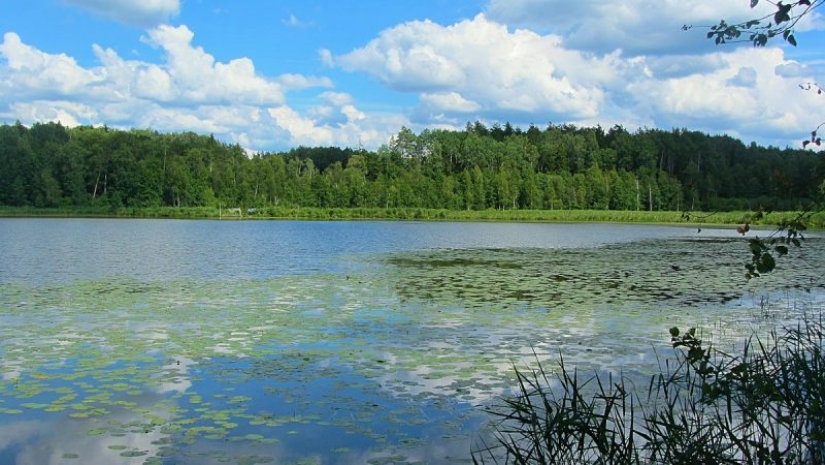
On a hot summer day, swimming in a picturesque forest lake or river may seem incredibly tempting. But forest reservoirs are fraught with many dangers that threaten even an experienced swimmer. A lake can have a swampy bottom and turn out to be bottomless in the full sense of the word. Also, deep pools are often found in forest rivers, and snags and dense thickets of aquatic plants lie in wait for divers under the water column.
Shallow rivers with rocky bottoms and strong currents are even more dangerous. From the shore, it is difficult to assess the force with which the water moves, therefore, when trying to ford the stream, there is a risk of being carried away by the current and crashing against the rocks.
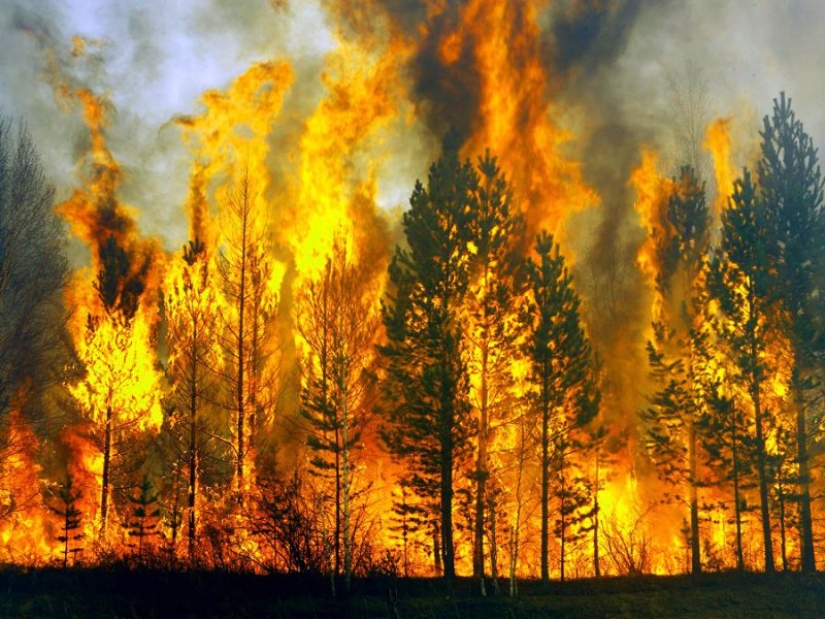
A fire is a terrible catastrophe that threatens not only a person, but also all the inhabitants of the forest. In dry, windy weather, the flame spreads at a speed of up to 70 km / h and it is almost impossible to escape from it.
If you find yourself in a forest fire zone, it is recommended to look for a reservoir, road or clearing as soon as possible. It is necessary to move perpendicular to the line of fire propagation, if possible towards the wind.
Recent articles

It is very important for children that a book has illustrations. Good design makes any story interesting and memorable. More than ...

Lovers of nature and outdoor recreation will find in Norway has the greatest variety of landscapes within one European country. ...

Every country in the world has its own peculiarities and secrets. Therefore, a tourist, even just walking along a street devoid of ...